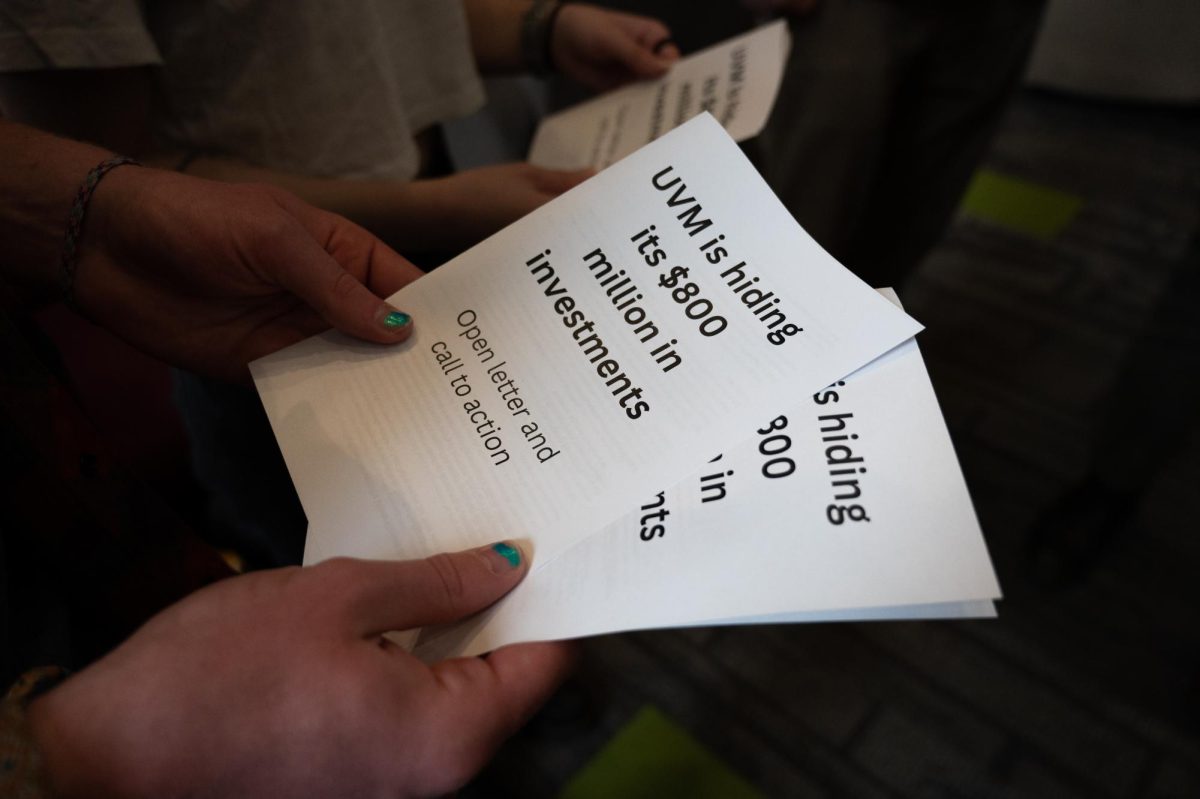The odds of Robert Snapp, associate professor of computer science and mathematics, becoming oversaturated with math, and thereby turned off, was high while he was growing up – after all, the people around him loved numbers and made a living by either manipulating them or teachingthem.
With an electrical engineer for a father, a UCLA math professor for an uncle, and an aunt with a Ph.D. in math, the likelihood of Snapp either loving math and following his family, or despising the subject and pursuing a completely different field, were about equal.
Snapp’s mentors did indeed bombard him with numbers, but not in a way that felt overwhelming to the youngster. In fact, Snapp recalls being surrounded by games and puzzles while growing up and learning to love numbers by playing the games of probability, chance and calculation. He maintains a love of games today and credits his early exposure to them for his current career.
“I doubt I would be doing this today if I wasn’t surrounded by it growing up,” Snapp says. “This is the way I learned math as a kid. Everyone plays with games as a child, so why not use it as a starting point for teaching and learning?”
The games people play Snapp’s cramped Votey office is cluttered with wooden games of chance and probability. A smooth, wood version of Tower of Hanoi sits on his desk. He admires the ancient game he ordered off the Internet and explains how the object is to transfer eight rings from the left peg to the third peg on the right, with the largest ring on the bottom and the smallest on top, thus creating the Tower of Hanoi. The frustrating process, says mazeworks.com, make the game a favorite of “programmers and Buddhist monks.”
A bookshelf behind the actual games carries about 75 books on the subject. Snapp hopes to soon add another volume to the collection, a book based on the results of his fledgling computer science course, “Puzzles and Games,” which approaches the subject through the use of games such as chess, Go, Rubik’s, solitaire, Mancala, and Tower of Hanoi. Many historians regard the African game Mancala, also known as Kalaha, as the oldest game in the world. It’s evolved over the years from a wooden board game played with seeds, beans, or stones to an online computer game enjoyed by millions. Snapp says he’s convinced it can help students learn algorithms.
“Students can see some of the principles of computer science through the use of these games,” Snapp says. “The big question in my mind was how well would it really prepare a student for computer science. I always found computers and math fun because I could relate it to games. I would eventually look at a math problem as another puzzle to solve. If you think of math as chess, for example, you start seeing patterns in numbers and elsewhere.”
Learning lost and found Snapp took the use of games to teach computer science to another level recently when he took students to outdoor labyrinths in South Burlington and Greensboro, and a corn maze in Danville to illustrate how a classic algorithm can solve a maze.
Snapp says that by physically and mentally applying an algorithm – a procedure or sequence of actions that allows an agent or group of agents to perform a desired task – to a maze, students will understand it better than from reading about it in a textbook. They also had to sketch the maze after navigating it using Tremaux’s algorithm, named after M. Tremaux.
The owners of the maze claim it takes the average visitor anywhere from 45 minutes to two hours to successfully traverse the maze. It took Snapp’s students about an hour using Tremaux’s algorithm. With the use of a stick, students drew an N or an X in the mud at places they traveledover and at entrances they chose to try to get through the maze. This way, they wouldn’t attempt the same path twice, just as Tremaux’s algorithm calls for.
“The irony is that we went into a corn field in one of the most rural parts of the country (Northeast Kingdom) to solve a computer science problem and we won’t be within miles of a computer,” he says. “Understanding computer science doesn’t depend on the use of computers. It’s a way of thinking. We’re taking challenging problems and solving them.”
Student Kurt Hostnik says Snapp’s unique methods of teaching have helped him understand a subject he previously found difficult.
“I think it would have taken us much longer if we didn’t use the algorithm,” Hostnik says. “You know what parts not to go back into because you mark them. It’s easier to understand a lot of these concepts by using games. It’s part of the reason I took the class.”
















